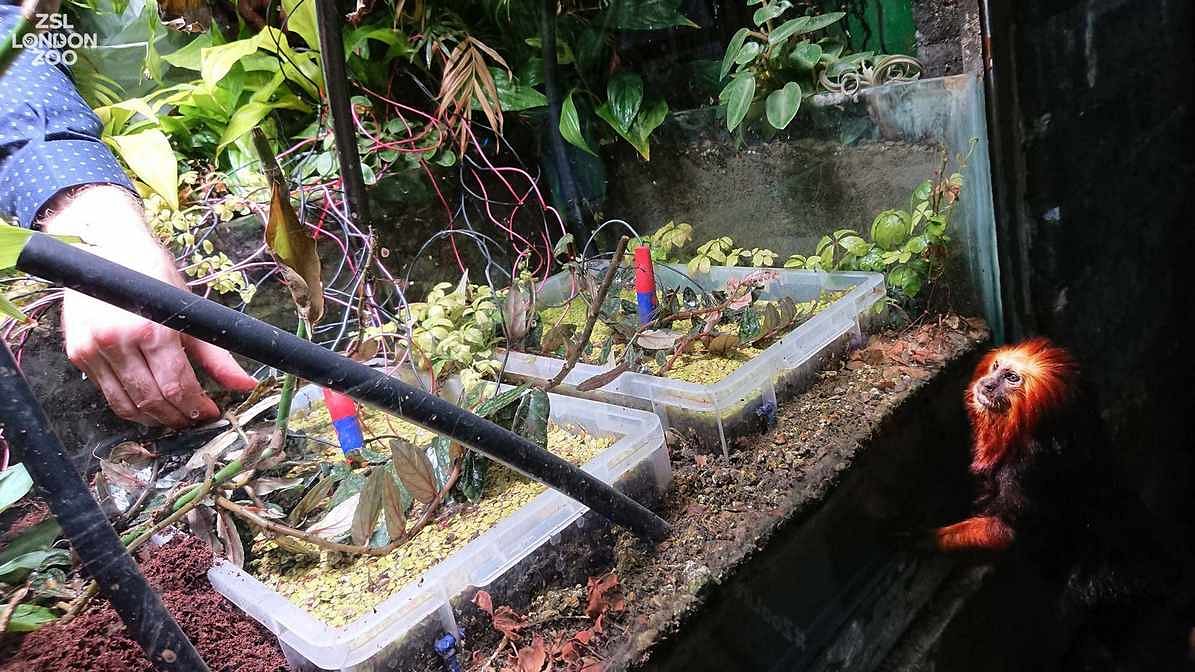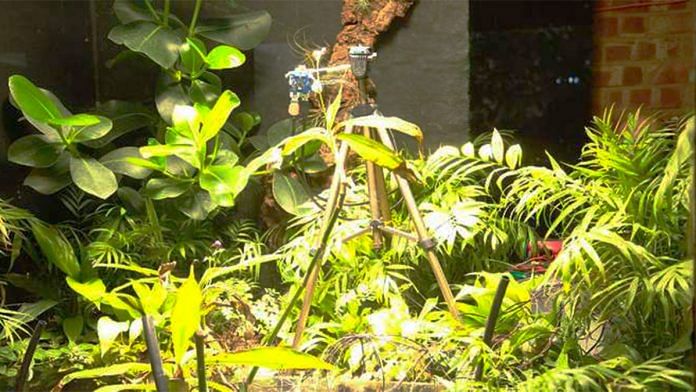Bengaluru: A fern called Pete has taken the world’s first plant ‘selfie’, according to the Zoological Society of London (ZSL).
The experimental setup in the institution was able to trigger a camera designed to work using energy generated by the plant. The maindenhair fern consistently released low amounts of energy, which snapped the camera every 20 seconds, using microbial fuel cells.
Scientists are hopeful that the technology can be scaled up and adopted in rainforests around the world, where low levels of energy produced by shade-loving plants could trigger camera traps and better monitor forest health.
Ultimately, scientists hope that the cameras can be used the world over, especially in remote locations, to understand wildlife and flora.

But how it works?
Plants convert sunlight to energy using photosynthesis through which they produce glucose and oxygen. As oxygen is released into the atmosphere, the glucose travels around the plant and some of it is disposed of into the soil through roots as a waste product. Microorganisms and bacteria present in the soil then break down this glucose, releasing more energy in the form of protons and electrons.
This energy was harnessed by the microbial fuel cells using the standard setup of cathode, an anode and a capacitor. When the capacitor was full, it discharged power and a photo was taken.
A single fuel cell can generate 0.1 milliWatts of power. The trial used cells connected together to take a photo every 20 seconds.
The trial was set up in June with a battery design chosen from Plant E in Netherlands after a competition by ZSL, Open Plant, Arribada Initiative and Cambridge University to design a fuel cell that can be powered by plants. Plant E is a sustainable technology firm.
The camera works on ultra low-powered technology created by an American artificial intelligence company called Xnor.ai and works at all times of the day.
The findings are also exciting for reasons apart from conservation: Currently, the most efficient way to power camera traps and other wildlife monitoring devices is through solar energy. But these microbial fuel cells work in the shade and do not need other forms of expensive batteries either.
Also read: Extinction is normal but plants going extinct 350 times faster should alarm us



